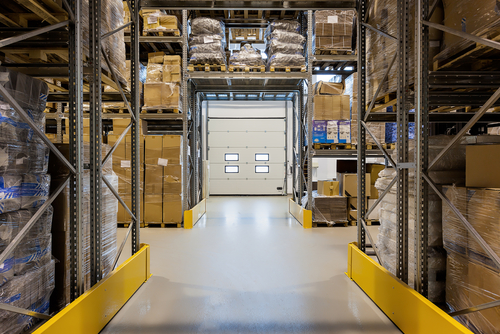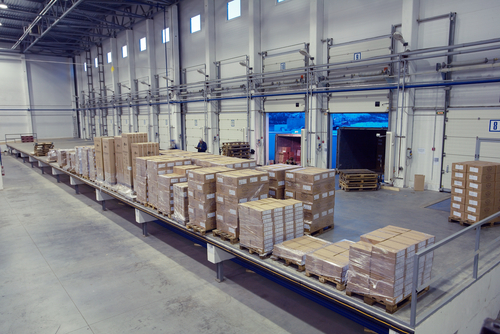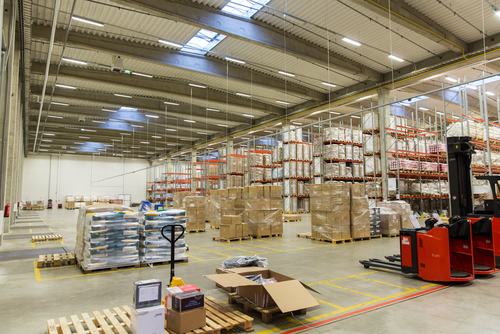In the warehousing and logistics industry, many companies are turning to what’s known as cross-docking to improve efficiency and reduce their freight storage costs. Cross-docking refers to the idea of unloading shipments from an inbound vehicle and immediately loading them onto an outbound vehicle, thus eliminating the need for freight storage. Essentially, everything happens in the loading dock as your team focuses on just a few orders at a time. In a recent survey, 40 percent of warehouse managers said that cross-docking expedites delivery schedules and cuts shipping timelines.
If you’re new to cross-docking, learn how to maximize efficiency with these inventory management tips.
Organize Freight According to Priority
When orders are held in the loading dock, you need to be strategic in terms of how you arrange your shipments. Orders may need to be loaded onto an outgoing vehicle in a matter of minutes, so you can’t afford to get lost in a sea of packages. Regardless of what order you receive these shipments, organize your freight according to your outbound transportation schedule. As soon as the first vehicle arrives, all the outgoing packages will be first in line and ready to go. You and your team won’t have to second-guess yourselves as you get orders ready for shipment.
Use a Transportation Management System
Incoming and outgoing vehicles will be top of mind throughout the cross-docking process. That’s why it’s important to use a transportation management system (TMS). You can manage and monitor incoming and outgoing orders on a tablet, computer or mobile device, so you don’t have to worry about losing track of important information. This makes it easy to organize your freight in the loading dock. If one of your vehicles is rerouted or delayed, you’ll be the first to know and can rearrange your freight accordingly.
Minimize Travel Time by Keeping Freight Close to the Loading Dock
The further your employees need to travel to retrieve items, the longer the order fulfillment process. You may have trucks waiting to leave your facility, so time is of the essence. The idea of cross-docking is to keep inventory as close to the loading dock as possible. Limit the size of your loading dock to keep items closer together. You should also avoid overwhelming your staff with too many orders at once by limiting the amount of freight in the loading dock.
Keep Freight Visible and Labeled for Maximum Efficiency
When it comes to cross-docking, getting orders out the door should be your number one priority. Your staff shouldn’t have to go looking for freight when there’s a vehicle waiting at your facility. That’s why it’s best to keep all your freight visible. Ideally, your workers should be able to scan their surroundings and find what they need without taking a step. Arrange your freight so that your workers can see all your containers at once without having to wander away from the loading dock.
It’s also important to keep your containers labeled. That way, your workers can quickly identify the packages that need to go out for delivery. Use the same labeling system for every order to streamline the verification process.
Maintain Your Storage Equipment
It’s best to use a forklift to load your shipping crates, but your equipment can easily degrade over time. To improve the quality of your equipment, make sure all your employees know how to use this equipment. There should be a clear path for your workers to operate this equipment so they don’t have to worry about damaging inventory or injuring one of their colleagues. When you have some downtime, regularly maintain and inspect your warehouse equipment to avoid unexpected delays.
The same is true of your reusable storage containers. Thoroughly inspect each container or shipment before loading it back onto the truck. Wooden pallets often leave debris all over the floor and can break down over time. Utilize plastic pallets for their stability and safety.
Keep the Loading Dock Clear and Organized
Nothing will slow down your operations like a messy, disorganized warehouse. Keep the space free and clear so your employees can move around with ease. Sweep the floor to prevent trips, falls and other mishaps that can damage your inventory or injure your workers.
Implement cross-docking at your facility to speed up your operations. You won’t have to spend as much money on freight storage and your team can get orders out the door as soon as possible.


